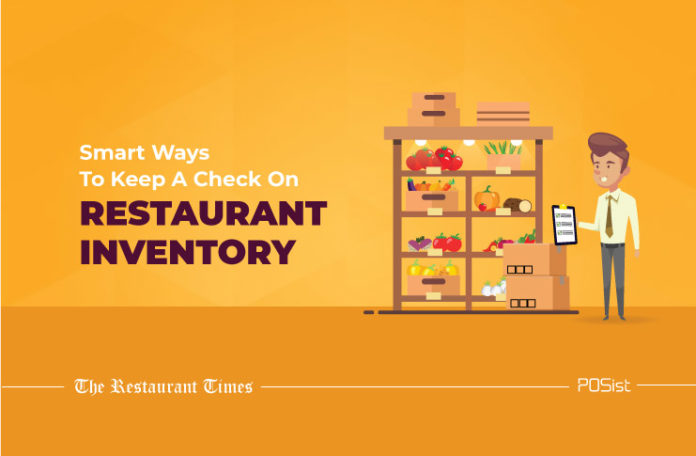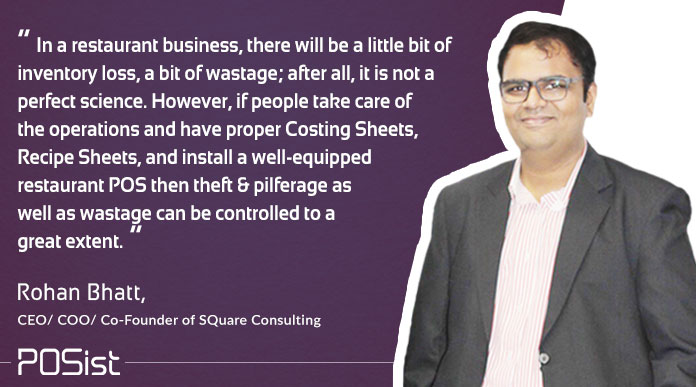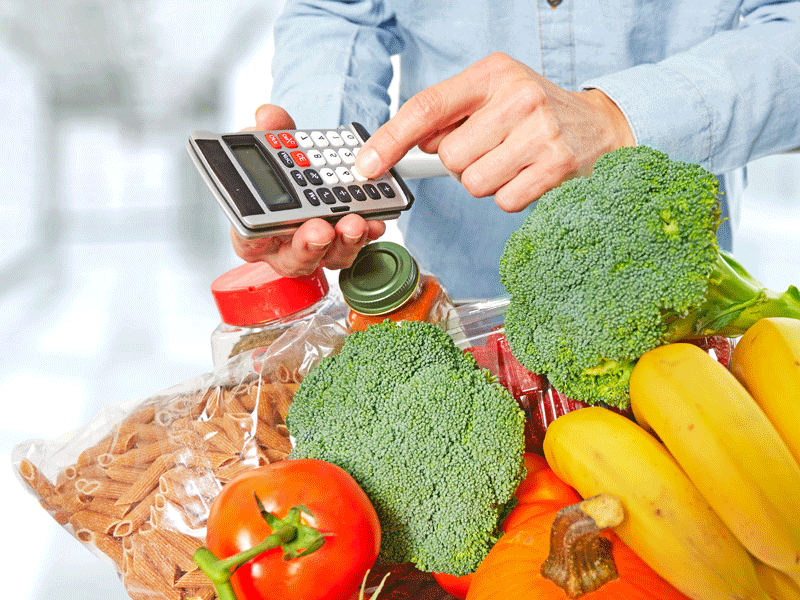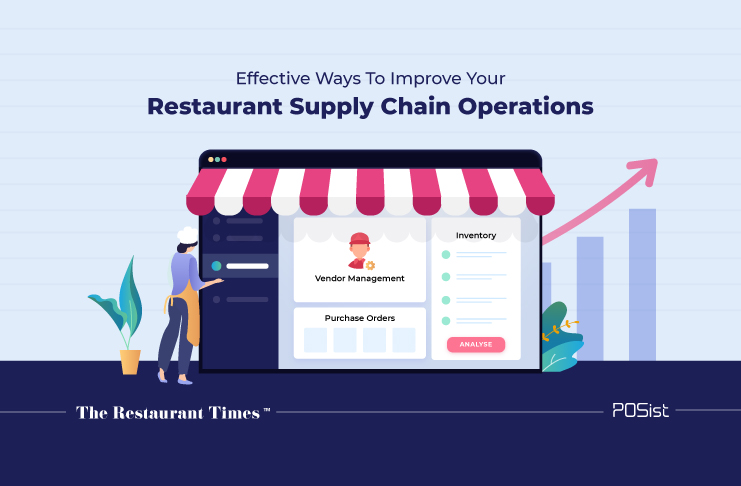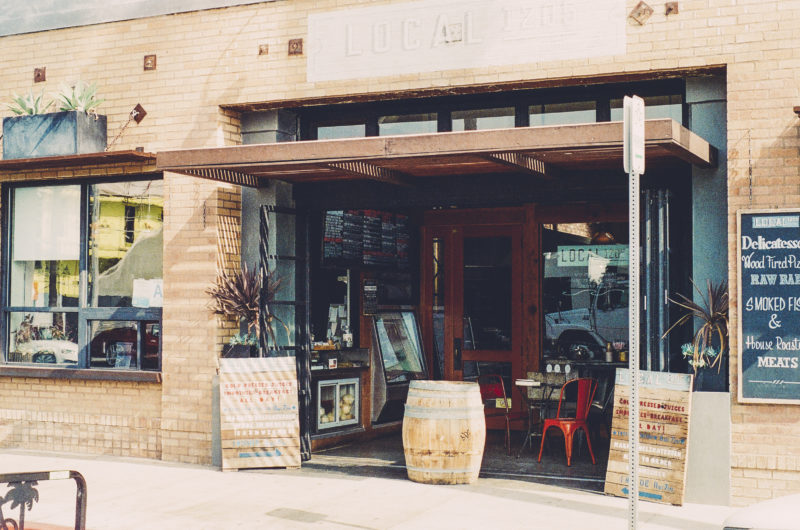Most of the restaurant owners fail to keep a tight check on the restaurant inventory, and this is the biggest mistake they make. This is because, if you don’t track your inventory, you may be unwittingly increasing your food costs. Imagine, you are reordering a raw material that is already available in the stock, or your restaurant running out of a crucial item in the busy hour of the day. Any such instances, will not be favorable towards the growth of your restaurant business. Hence, keep a check on your inventory on a daily basis, calculate the stock available in the beginning and at the end of every day and reorder right on time. If you find it difficult to do all this manually, you can employ a restaurant management software, which will help you track your inventory in the best way possible, and that too from anywhere in the world.
How to Keep A Tight Control Over Your Restaurant Inventory
Inventory is an essential part of your kitchen and your restaurant per se. It is also one of the areas which if not monitored diligently has the potential to bleed your restaurant dry.
1. Monitor Your Daily Consumption
You must always monitor your consumption on a daily basis. Doing so will help you to be in tune with the stock available across all your outlets. Moreover, you can also create a monthly inventory report. You can build it manually, or use a restaurant management software that has an inventory module.
This reports precisely states the amount of the purchased food and beverage separately, and the amount of those items that are left by the end of the month. For example, for liquor having anything above 12 lakhs in stock from the previous month is a terrible investment and that’s how the detailed inventory reports will help the owners to understand if any misappropriations are happening in the inventory section and what actions must be taken to control the disruptions.
This report will help you understand such instances that might be happening, which in turn are increasing the input cost in your restaurant.
2. Place An Order When Required
Once you strictly monitor your restaurant inventory, you will exactly know when to place a reorder of the products. Imagine, you start preparing for an order, and you realize that one of its primary ingredients has expired, or is not available in stock. It is a big turnoff for customers who while ordering a particular menu item has to hear that, the menu item is not available.
Moreover, what if you order something, and that item is still available in the stock? Won’t it create unwanted food waste and increase your input cost? To avoid any such situations, either you can keep track of the stock available yourself, or you can take help from a restaurant management software.
Such software will give you real-time alerts whenever a particular item reaches its reorder level. This will ensure that you place an order right at the right time, and even if you are unable to be present physically, your inventory items are in stock.
3. Focus On Recipe Management
One of the best ways to maintain your restaurant inventory is to have an integrated recipe management feature in the POS software. Based on the number of orders placed in the POS for a particular item, you can keep track of raw ingredient consumption. For this, define a standard recipe for each item.
You must document how much raw material is required, for each dish, the quantity, how the item is prepared, the temperature at which it must be made, and how it should be placed on the plate. This will not only help your chefs, and your kitchen helpers to maintain consistency, it will also reduce the chances of unwanted kitchen wastage generation to a great extent.
4. Calculate The Variance
It is a known fact that the restaurant industry is notorious for theft and pilferage. While it is the cash counter which has become infamous for such activities, the stock and inventory section is not much behind. One of the best ways to make sure that no misappropriations are happening in your absence in the kitchen is to check the variance report daily.
This helps you in tracking the Variance between the actual physical stock consumption and the ideal stock consumption based on the number of orders placed and total sales. Usually, a 6-7% variance is acceptable that can be accounted to wastage. Anything more than that implies misappropriations.
For example, if your recipe management shows that for per Maharaja Burger you would require two slices of cheese and if on a day where you have got 30 Maharaja Burger orders then your total cheese consumption should be 60 slices. However, if you find that the remaining stock at the end of the day for cheese slices amounts to anything more or less than 64 slices, you would know that either theft or unwarranted wastage is happening in your restaurant kitchen.
5. Analyze The Yield Of Each Stock Item
Much of unwarranted wastage happens in the kitchen and inventory because restaurateurs often end up ordering for more Stock that is required. The exact Yield of the item tells you how much of each ingredient is required for preparing the dish and enables you to order for stock items based on it.
This way, you eliminate the risk of over-ordering or running out of stock while preparing the items. A smart restaurant inventory management software helps you calculate the Yield of each item automatically and generates smart reports for better analysis of your food costs.
Read in detail how to employ Yield Management for complete Inventory Control here.
6. Manage The Shelf Life Of Stock Items
Another critical thing to consider while managing your stock operations is monitoring the Shelf Life of stock items. It is important to consume the stock in FIFO (First In First Out) and on the basis of the expiration date. A smart restaurant inventory management software allows you to set alerts and reminders that a particular stock is about to reach its expiration date. This prevents you from using the expired stock ingredient in your food.
Tight control of your restaurant inventory will not only ensure that your kitchen never runs out of stock, but it will also help you to keep kitchen waste generation to the least. These will, in turn, help you to reduce the input food cost and increase the overall profit of the restaurant.


